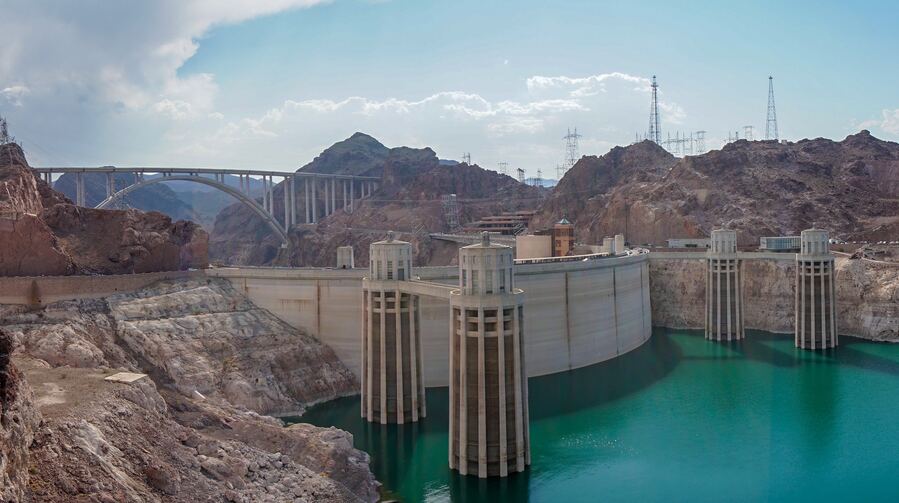
Springs are used in every industry from Hollywood to Bicycles. They provide an essential role in physics, they're an invaluable part of engineering and you could also say that they generate sustainable energy - as they use no fuel!
Springs aren't just piece of metal, they're a creation of physics, engineering and ingenuity which have stood the test of time since the first spring was invented by R. Tradewell in 1763. Since their early beginnings, springs have been utilised in various industries because of their adaptable functionality which have advanced many industries beyond what they thought could ever be achievable.
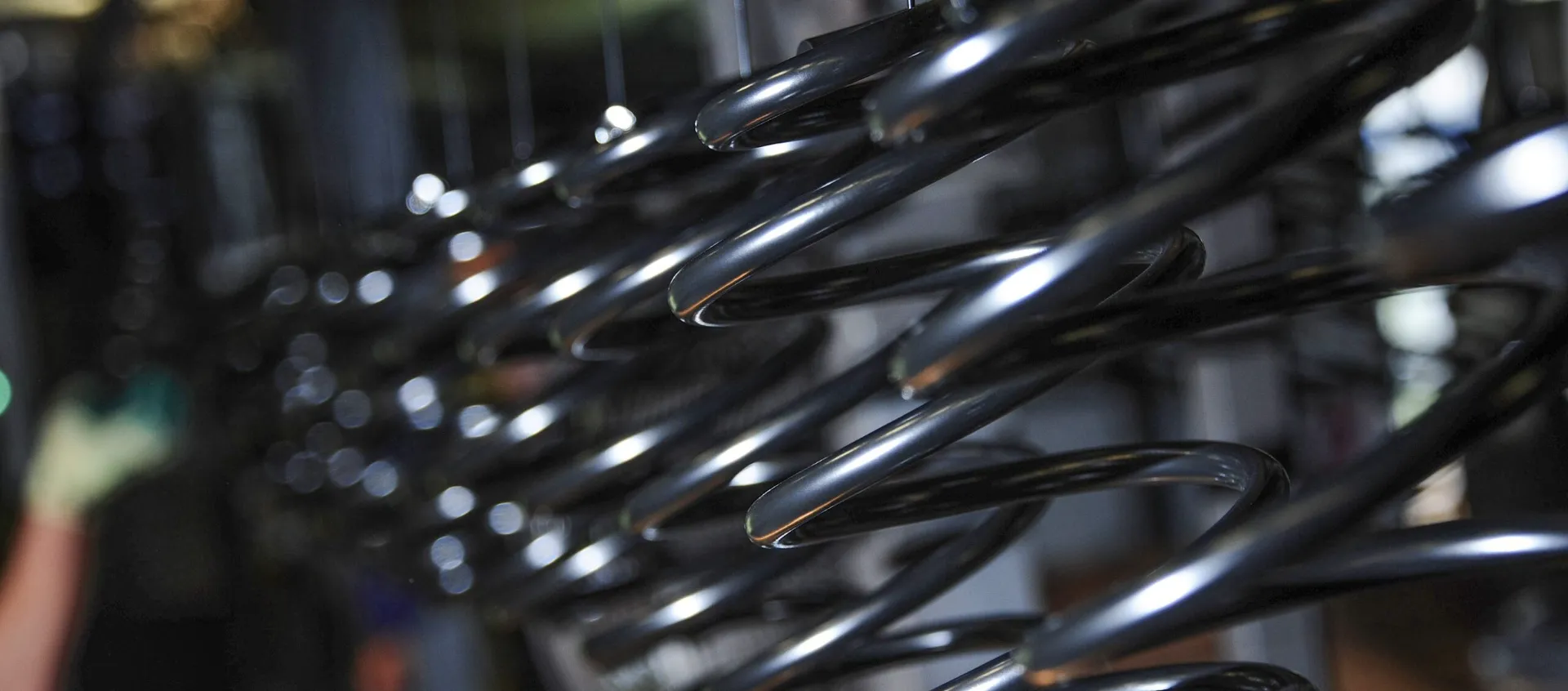
During the construction of Apollo 11 various tests were conducted to assess the springs used in deploying the landing gear. These tests were performed in different environments such as salt, fog, in ambient and thermal vacuums with most conducted under ambient conditions to mimic the moons environment. The spring energy calculations were determined through practical testing.
Whilst doing the tests it was necessary to conduct a zero gravity test to validate the energy needed along with the hardware concepts for a successful mission. During the early tests of Apollo 11 they found functionality, timing and load impacted on the deployment time. It has been recorded that NASA tested the landing gear deployment up to 250 times for the Apollo 11 mission.
Certification saw two deployment failures leading to improper lubricant used in thermal-vacuum tests and insulation interference and low spring energy in Apollo 9 landing gear. Mitigation included insulation redesign, increased spring energy, and stricter testing criteria. Component tests concentrated on leaf-type springs, improving understanding of behaviour and performance.
While various other springs found their place in the rocket's design, serving roles in mechanisms like doors, buttons, and more, the critical component that took precedence was the functionality of the landing gear. Among these diverse spring applications, it was the landing gear's effectiveness that held the utmost significance.
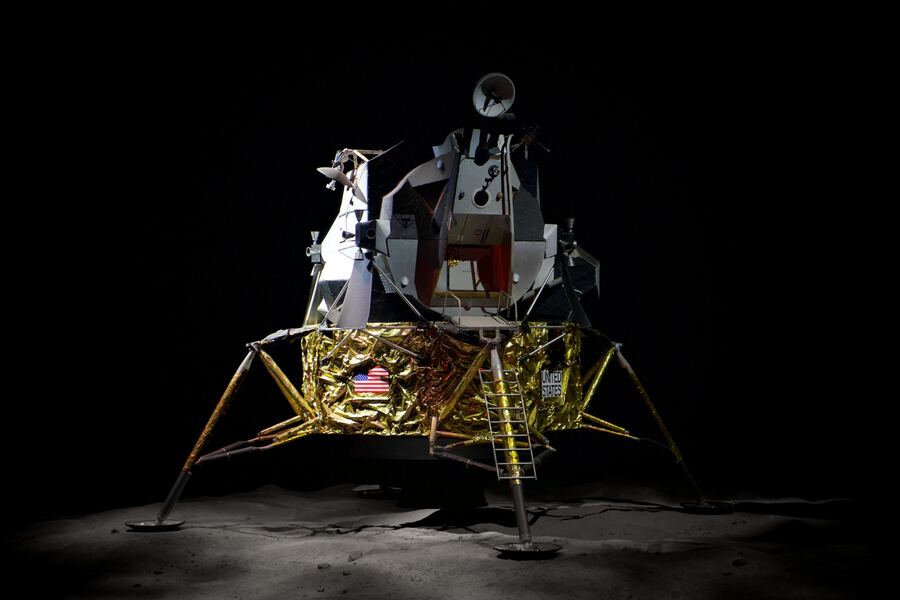
Photo by Brian McGowan
Many people would never know the tallest building in the world, the Burj Khalifa has huge springs located in its core. This iconic skyscraper in Dubai showcases some of the best engineering techniques such as a tuned mass dampening system which enables the stability and safety in the face of high winds or seismic activity like earthquakes.
The Burj Khalifa is 828m or 830m to its tip and its integral structure had to be considered to withstand the building's movements and impact of vibrations. To combat this, the developers of the Burj Khalifa implemented an innovative system centering around a colossal concrete block weighing approximately 660 metric tons, strategically suspended from the building's 160th floor acting as a mass damper stopping the building from swaying.
We don't exactly know how many springs were used in the making of the Burj Khalifa but what we do know is that it has taken over 22 million man hours to build and has 39,000 tonnes of steel reinforcement.

Photo by ZQ Lee
Dams were first invented by the Beaver, but since human adoption we took the clever little Beavers ideas and created huge complex structures which serve multiple purposes. Early Dams relied on materials such as rocks or clay to but today's modern techniques commonly use concrete.
Dams ingenuity lies in water control but also harnessing the power of flowing water and then adapting it for human use. Paddle wheels driven by smaller dams was a common water management method in pre-industrial times, expanding to the colossal turbines of industrial-sized dams during the Industrial Revolution. The 20th century marked a significant era of large-scale dam construction in response to escalating electricity demands. Notably, the Hoover Dam, completed in 1936, exemplified engineering excellence by creating the massive Lake Mead reservoir in the United States, which not only regulates water flow but also caters to drinking water needs.
Springs are used in various applications over large scale dams from gate mechanisms, overflow and complex spillway systems, expansion joints, damper systems, pressure relief valves, seismic isolation and more.

Photo by Jakob Køhn
If you have an iPhone, Android or landline then it is most likely that you will have a spring mechanism inside. Even during the early/late 19th century when the first rotary dial phones were used, the numbers used to turn to their original position via a spring. The first rotary phone was granted in 1892 to Almon Brown Strowger, with the design which incorporated holes introduced in 1904.
More modern phones incorporate springs in many different ways, from miniature motors with tiny integral springs enabling mobile phones to vibrate when receiving notifications or calls to the use of push-buttons throughout your phone such as lock buttons or volume control buttons.

Photo by Nathana Rebouças
Not as common as telephones but pacemakers are an essential piece of medical equipment that are designed for humans with irregular heart rhythms and help by stabilising and regulating the hearts rhythm by delivering a small electrical impulse to the heart.
It's estimated by the British Heart Foundation that over half a million pacemakers have been fitted in the UK and also estimated that 50,000 additional people every year have a pacemaker fitted by the NHS.
Springs in pacemakers are utilised for securing batteries, establishing reliable electrical connections, maintaining electrode contact, enabling magnet switches, facilitating sensing mechanisms, enhancing micro-motion adjustments, and ensuring proper housing and assembly.
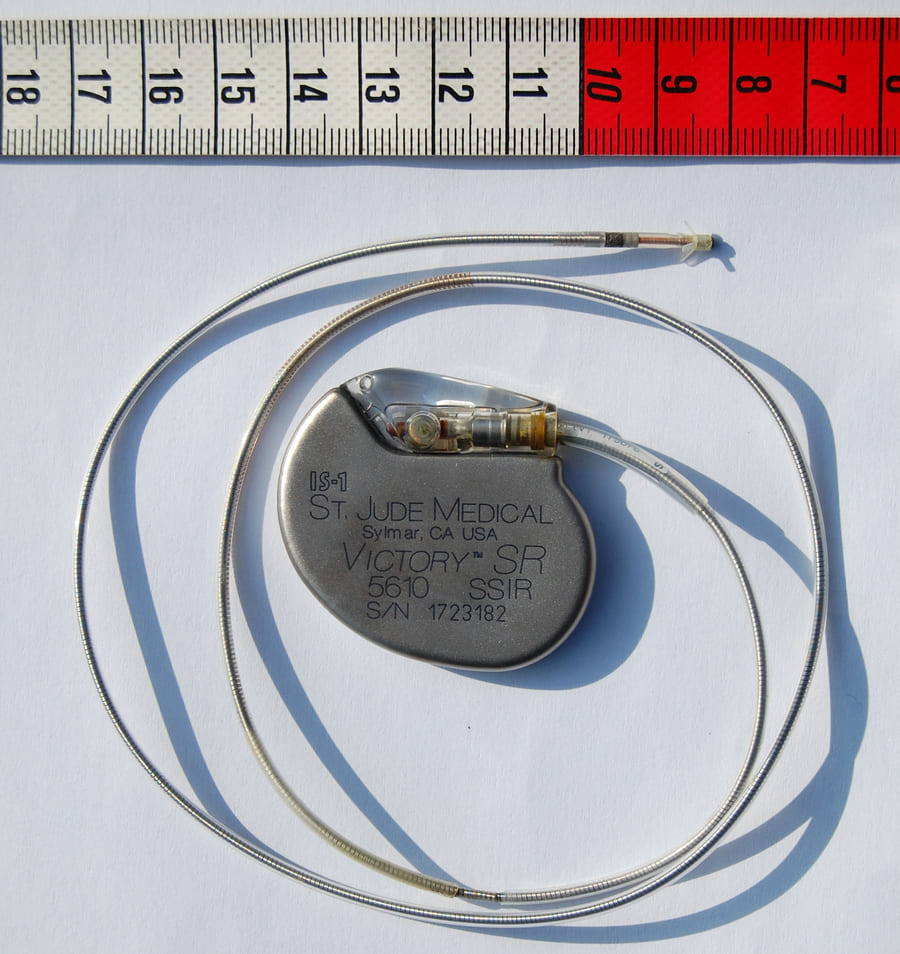
Photo by Wikipedia
Japan's wide open main island of Honshu, Kyushu and Hokkaido are served by a network of high speed train lines that connect Tokyo with most of the major cities. One of the main and fastest ways of travelling is by a bullet train which can reach the top end of 320 km/h (199 mph). The Tokaido Shinkansen line, one of the nine Shinkansen routes, links Tokyo with Osaka, spanning southwards from the capital.
First introduced in 1964 these lines have seen many developments and changes overtime, small increments in speed and safety have been gained with the help of springs along with passenger comfort, emergency braking and vibration dampening.
By incorporating springs into these different aspects of the train's design, Shinkansen operators can achieve a harmonious balance between speed, safety, and passenger comfort. Springs play a vital role in absorbing impacts, maintaining stability, and facilitating smooth movements, all of which contribute to the efficient and reliable operation of these high-speed trains.
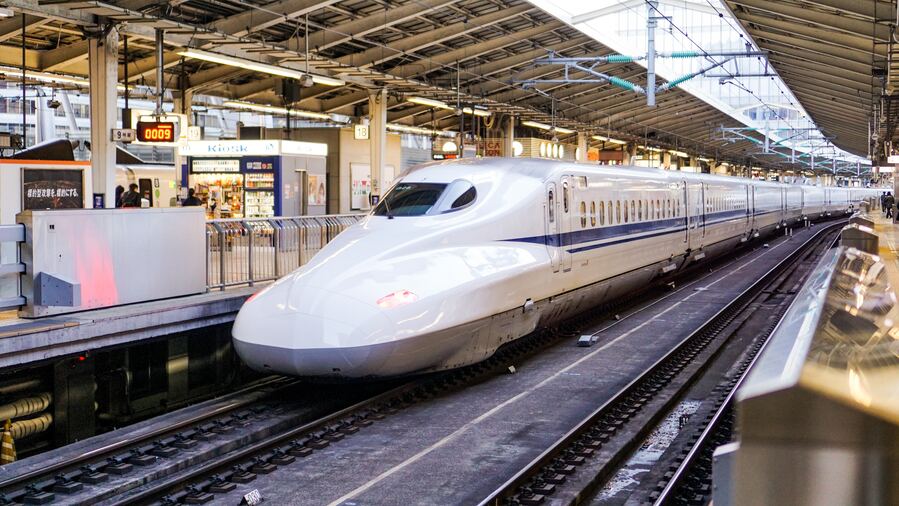
Photo by Fikri Rasyid
The Wright brothers' ground breaking achievement of the first propelled flight in 1903 is a historic milestone in human history. Their aircraft design incorporated ingenious engineering and innovative thinking, including the utilisation of springs to ensure a successful and controlled flight.
The Wright brothers' springs use reflected their deep understanding of engineering principles and their commitment to achieving controlled flight. These seemingly unassuming components played a pivotal role in the intricate dance between lift, balance and control that enabled the Wright brothers' aircraft to take flight. Just as springs contributed to the harmony between speed, safety, and comfort in the Shinkansen trains, they were a crucial element in the Wright brothers' pursuit of conquering the skies and shaping the course of aviation history.
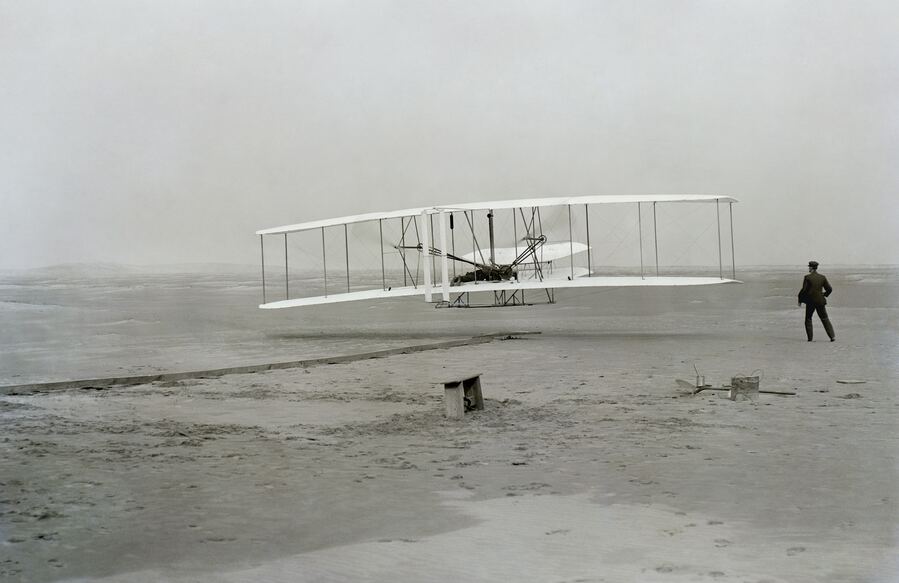
Photo by History in HD
As we can see springs have played a pivotal role in human history since 1763 and continue to play an important role today. The ease of harnessing, transferring and outputting energy is a unique feature that to this day has not been able to be replicated with a different mechanism. Today we have various types of springs such as Coil Springs, Compression Springs, Tension Springs, Torsion Springs and many more, ranging from microscopic to 6ft and beyond.
We are world-leading heavy duty spring manufacturers, delivering the greatest expertise in compression, torsion and tension spring manufacturing.
Delivering impact to every industry, we guarantee spring solutions that will optimise your performance and success.

